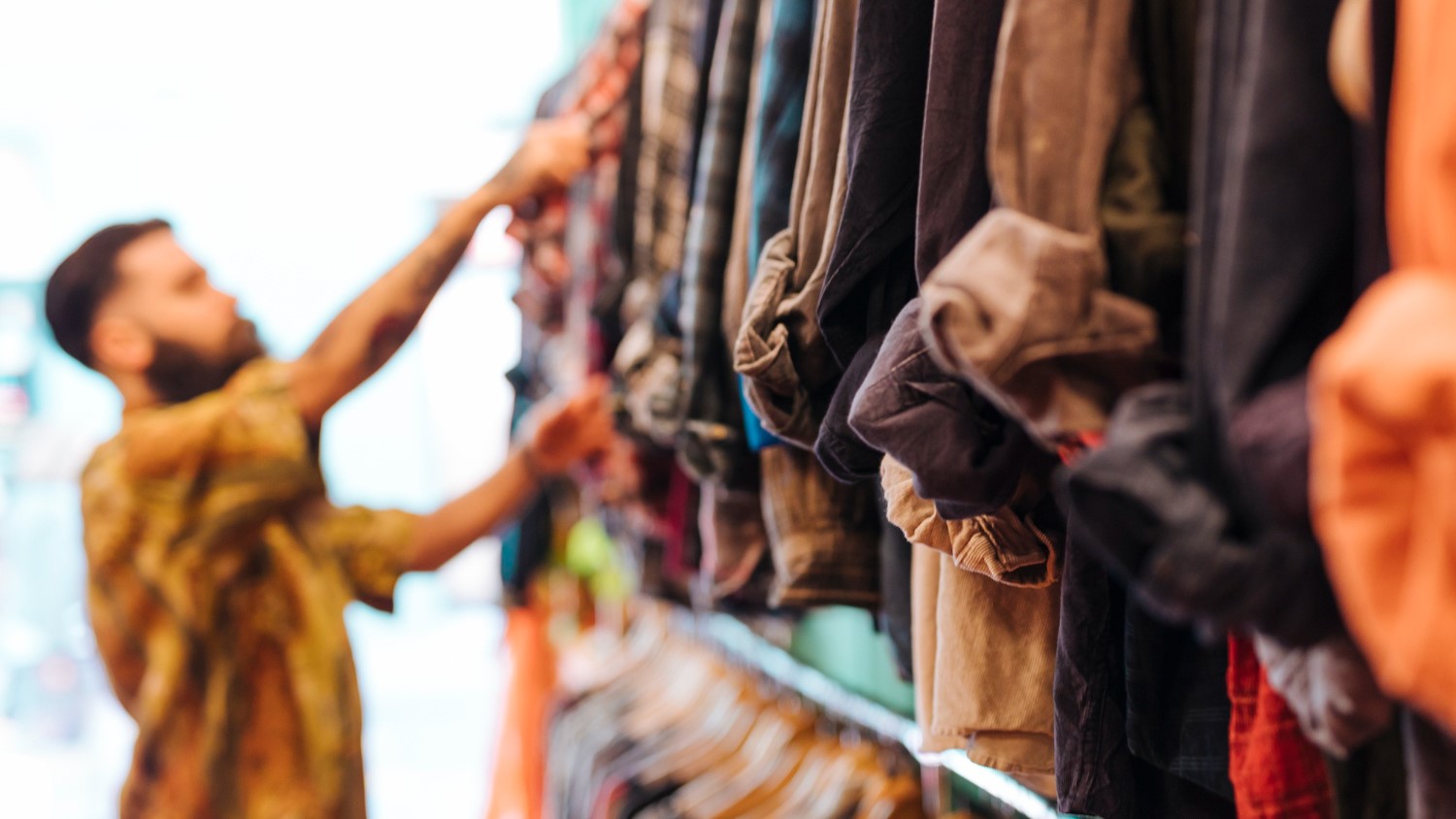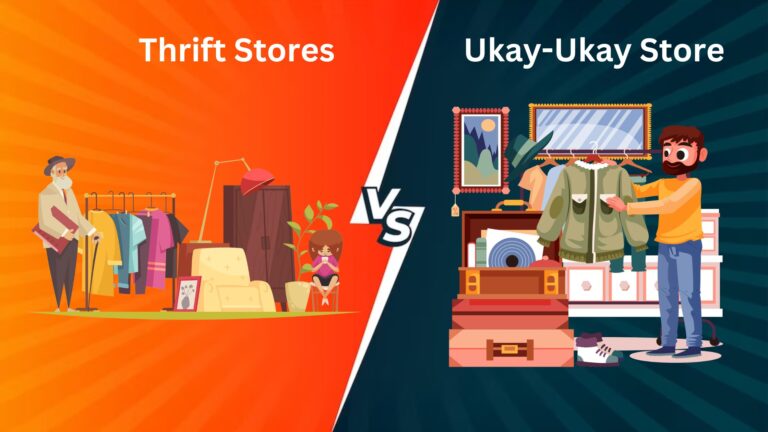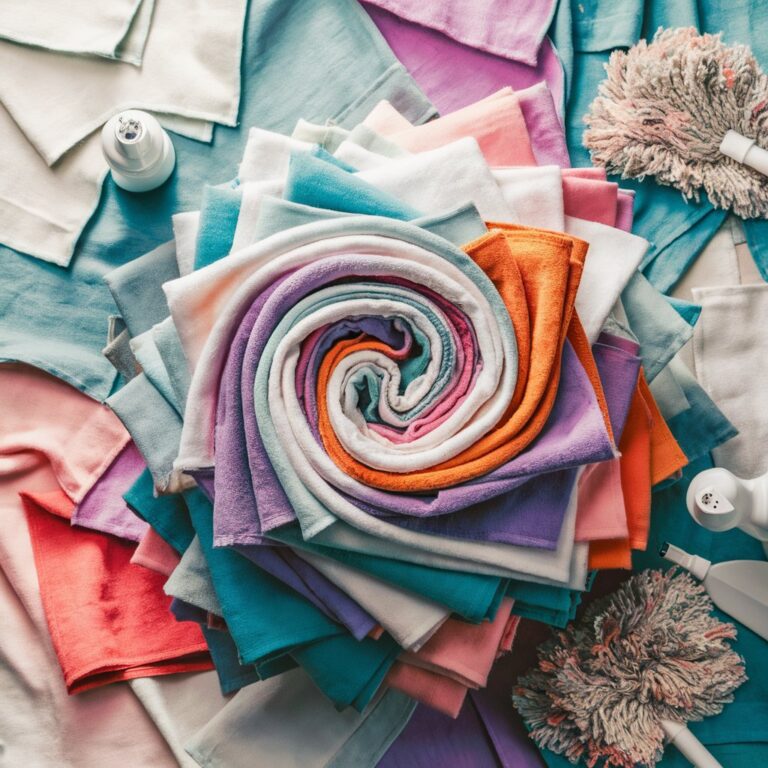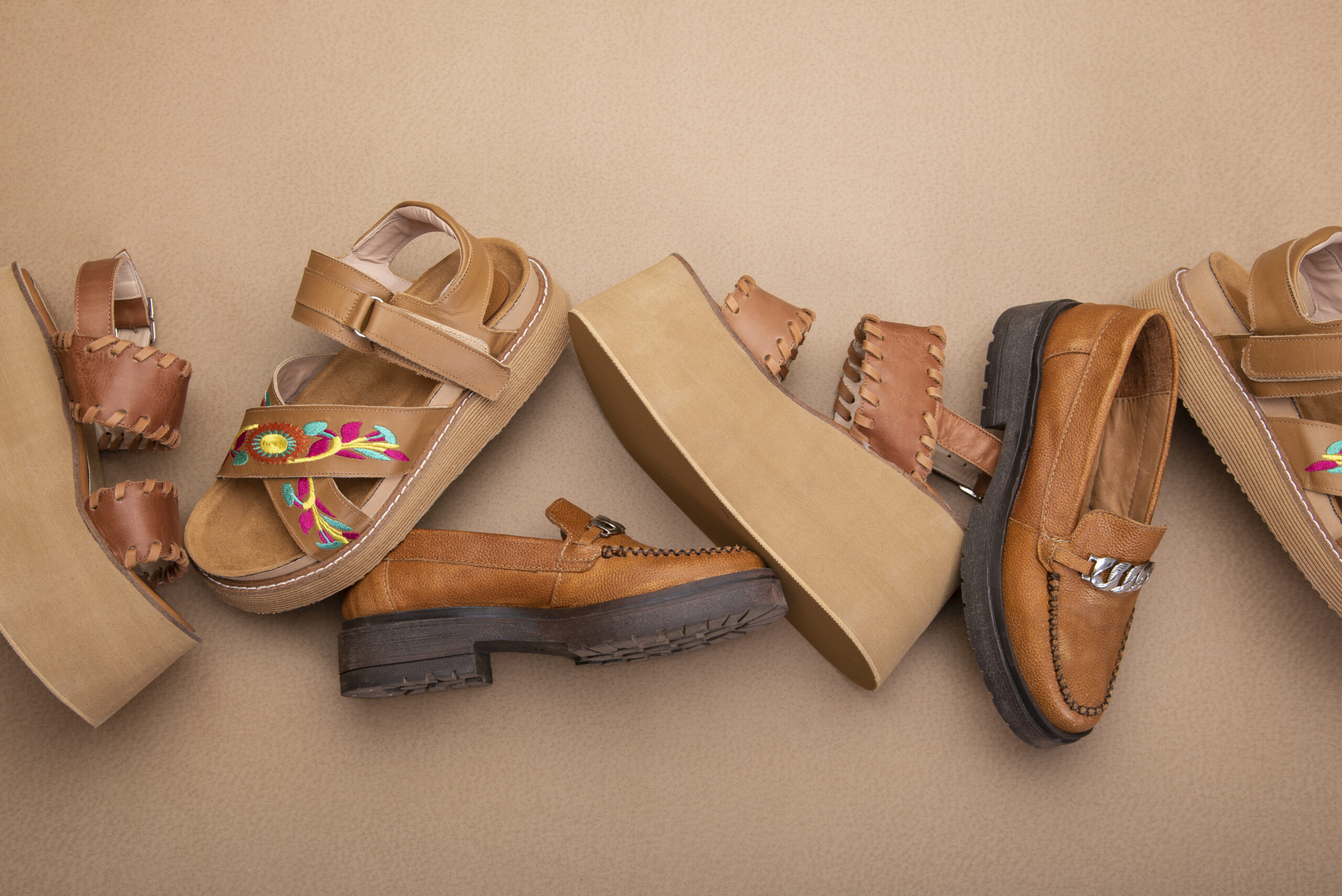Why Are Secondhand Clothes Becoming More Popular? Al Mnwar Trading Explains
Introduction: Embracing the Thrifted Trend
In recent years, a remarkable shift has occurred in the fashion industry – the surge in popularity of secondhand clothes. This trend is not just a fleeting fad; it’s a significant movement that reflects changing consumer preferences, growing environmental consciousness, and economic factors. Al Mnwar Trading, a prominent name in the fashion world, sheds light on why secondhand clothes are becoming more popular than ever before. Let’s delve into the compelling reasons behind this transformation.
Why Are Secondhand Clothes Becoming More Popular? Al Mnwar Trading’s Perspective
As the fashion landscape evolves, various factors have contributed to the rising popularity of secondhand clothing, with Al Mnwar Trading at the forefront of understanding this phenomenon.
The Appeal of Unique Style
In a world where personal expression is paramount, secondhand clothes offer a unique allure. Shoppers can discover one-of-a-kind pieces that stand out from the mass-produced items typically found in retail stores. Al Mnwar Trading emphasizes that vintage and pre-owned clothing often boast intricate designs and quality craftsmanship that tell stories of eras gone by, enabling individuals to make a fashion statement that’s entirely their own.
Budget-Friendly Fashion
With economic uncertainties and shifting priorities, consumers are seeking value without compromising style. Secondhand clothes provide a wallet-friendly solution, allowing fashion enthusiasts to curate an impressive wardrobe without breaking the bank. Al Mnwar Trading recognizes that by opting for pre-loved items, individuals can access high-quality brands and designer pieces at a fraction of the original cost.
Environmental Consciousness and Sustainability
One of the driving forces behind the surge in popularity of secondhand clothes is the growing concern for the environment. Fast fashion’s impact on landfills and the carbon footprint of clothing production have prompted a shift towards sustainable choices. Al Mnwar Trading applauds this shift, noting that by extending the lifespan of garments through resale, consumers actively contribute to reducing waste and conserving resources.
Nostalgia and Sentimental Value
Secondhand clothes often evoke nostalgia and sentimental value, tapping into emotions that new clothing might not elicit. Al Mnwar Trading highlights the emotional connection people feel towards vintage pieces that remind them of cherished memories or eras they admire. These garments become more than just clothing; they become a tangible link to the past.
Embracing Slow Fashion
The fast-paced nature of the fashion industry has led to a reevaluation of consumption habits. Al Mnwar Trading explains that secondhand clothing aligns with the principles of slow fashion, emphasizing quality over quantity and encouraging conscious buying decisions. By investing in timeless pieces, consumers contribute to a more sustainable and thoughtful approach to fashion.
Market Trends and Accessibility
Al Mnwar Trading’s insights extend to the evolving market trends. The digital age has facilitated the growth of online thrift stores and platforms, making secondhand clothing accessible to a global audience. The convenience of browsing and purchasing pre-owned items from the comfort of one’s home has played a pivotal role in boosting their popularity.
Redefining Luxury and Status
Luxury is no longer solely defined by brand-new, expensive items. Secondhand luxury items, often referred to as “vintage gems,” are sought after by fashion enthusiasts and collectors alike. Al Mnwar Trading points out that owning a unique vintage designer piece has become a status symbol, showcasing individuality, discernment, and a keen eye for style.
FAQs About the Rise of Secondhand Clothes
Can secondhand clothes be as stylish as new ones?
Absolutely! Secondhand clothes offer a wealth of stylish options. With careful selection, you can find pieces that reflect your personal style and stand out from the crowd.
Are secondhand clothes always more affordable?
Yes, secondhand clothes are generally more budget-friendly than brand-new items. You can discover high-quality garments and even designer pieces at a fraction of their original cost.
How does buying secondhand contribute to sustainability?
Buying secondhand contributes to sustainability by extending the lifespan of garments, reducing the demand for new production, and minimizing fashion’s environmental impact.
Is there a market for luxury secondhand items?
Definitely! Luxury secondhand items, often considered vintage treasures, have a dedicated market. They offer a unique blend of style, quality, and historical significance.
Can I find unique pieces in secondhand stores?
Absolutely. Secondhand stores are treasure troves of unique and one-of-a-kind pieces. These gems carry stories and characters that new items may lack.
Is online shopping for secondhand clothes reliable?
Yes, online platforms for secondhand shopping have gained credibility. Reputable sellers provide detailed descriptions and images, ensuring a reliable shopping experience.
Conclusion: The Thriving Future of Secondhand Fashion
In the realm of fashion, the ascent of secondhand clothes is undeniable. Al Mnwar Trading’s expertise highlights that this trend is not only about style but also about values, sustainability, and self-expression. As consumers continue to embrace the charm of pre-loved clothing, the fashion industry undergoes a transformation that’s more conscious, unique, and diverse than ever before. The rising popularity of secondhand clothes, as elucidated by Al Mnwar Trading, is a reflection of an evolving mindset that values both individuality and the planet.
So, are you ready to explore the world of secondhand fashion? Embark on a journey of style, sustainability, and stories with Al Mnwar Trading’s curated collection of pre-loved treasures.







